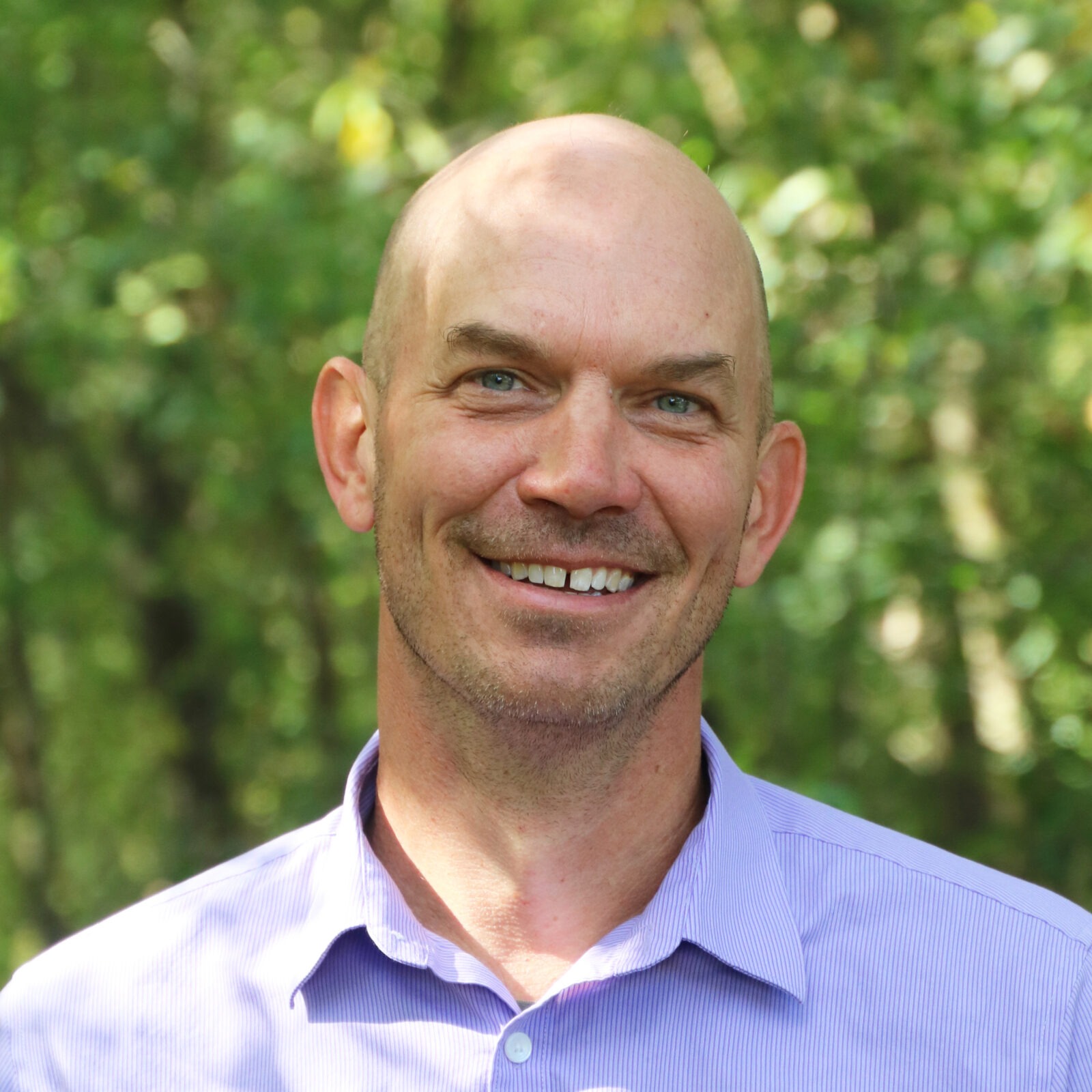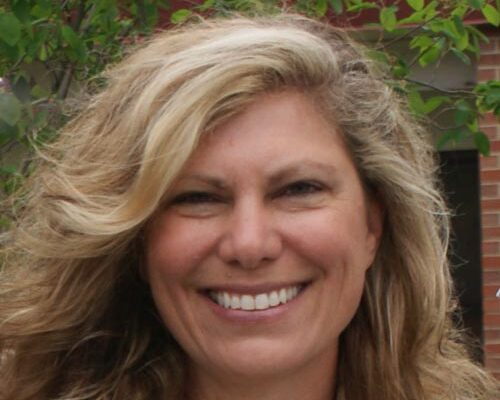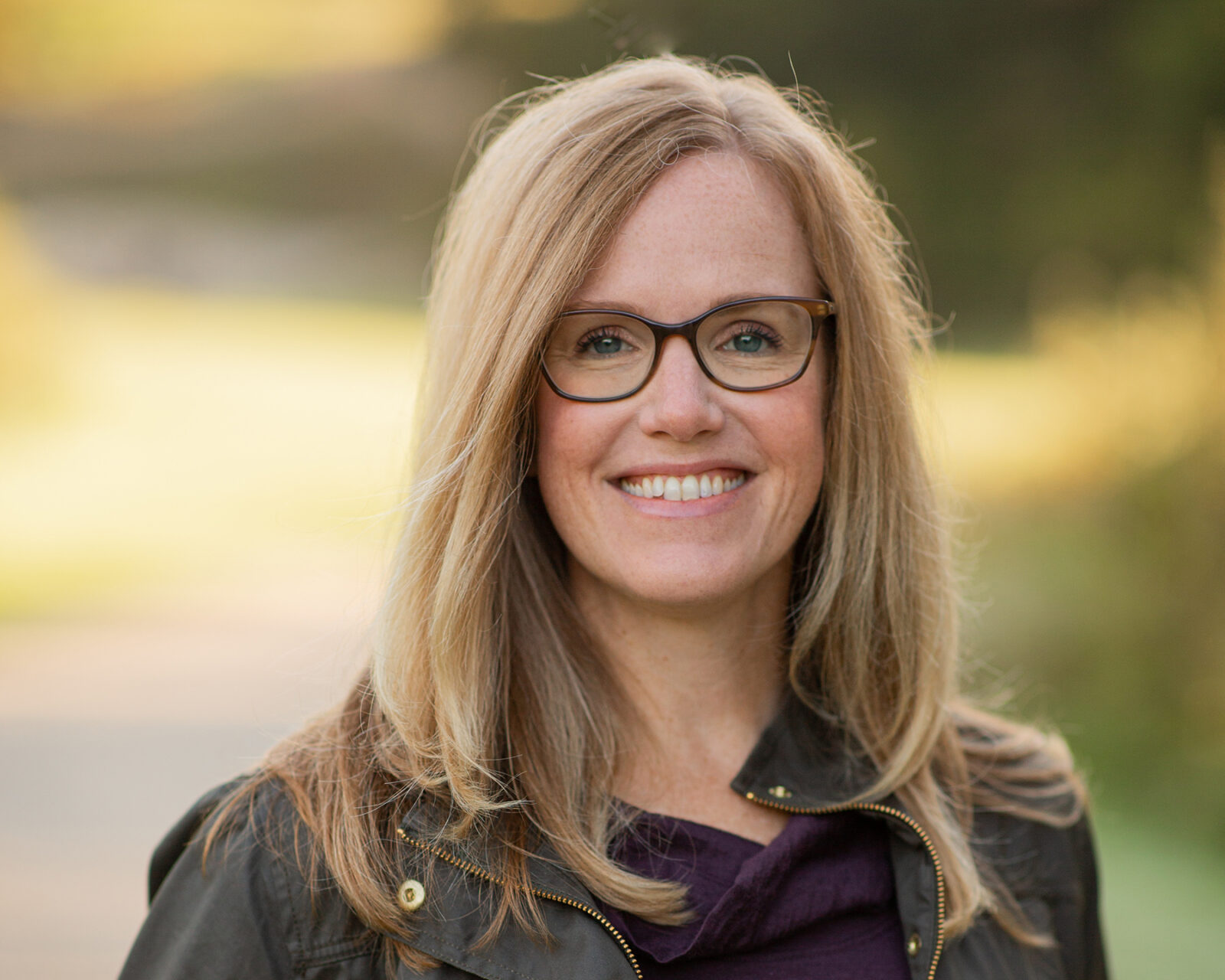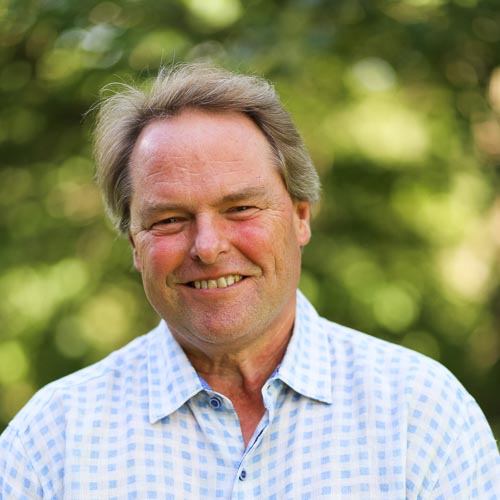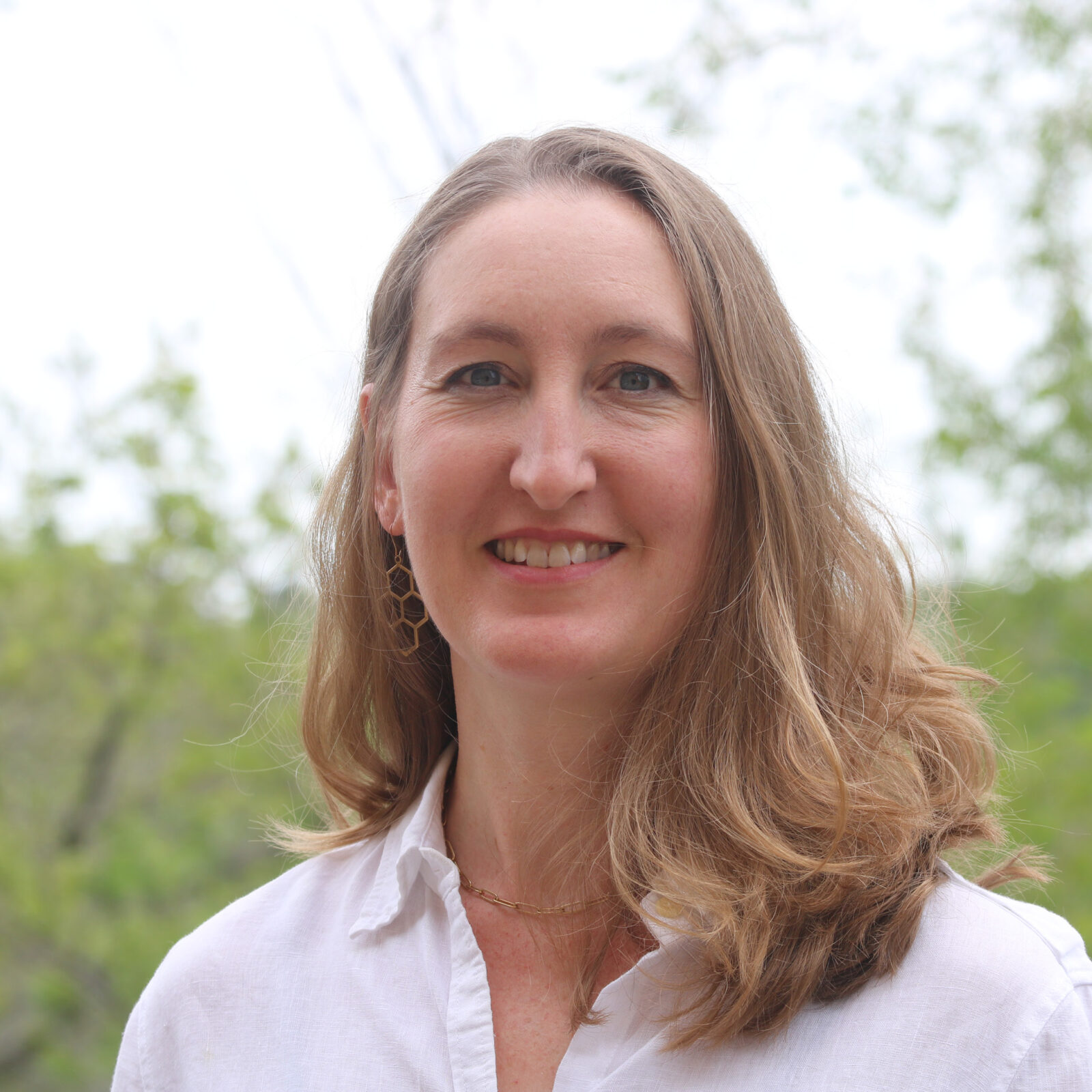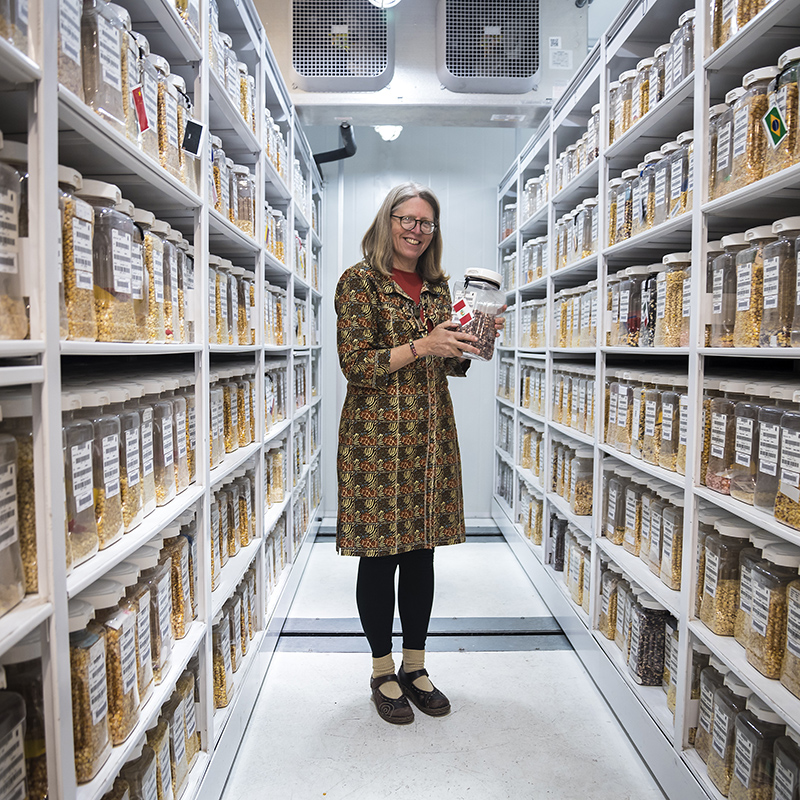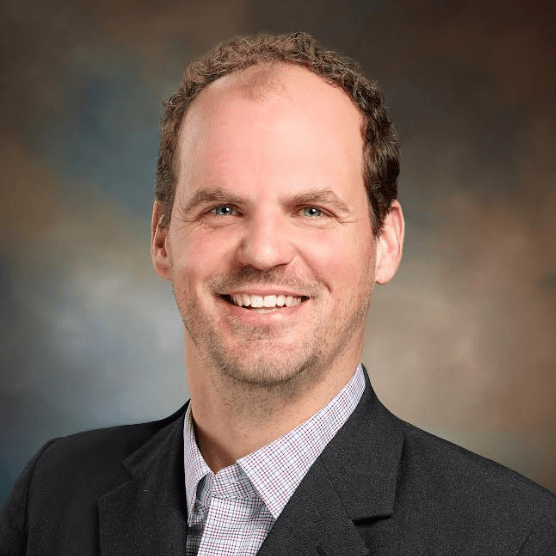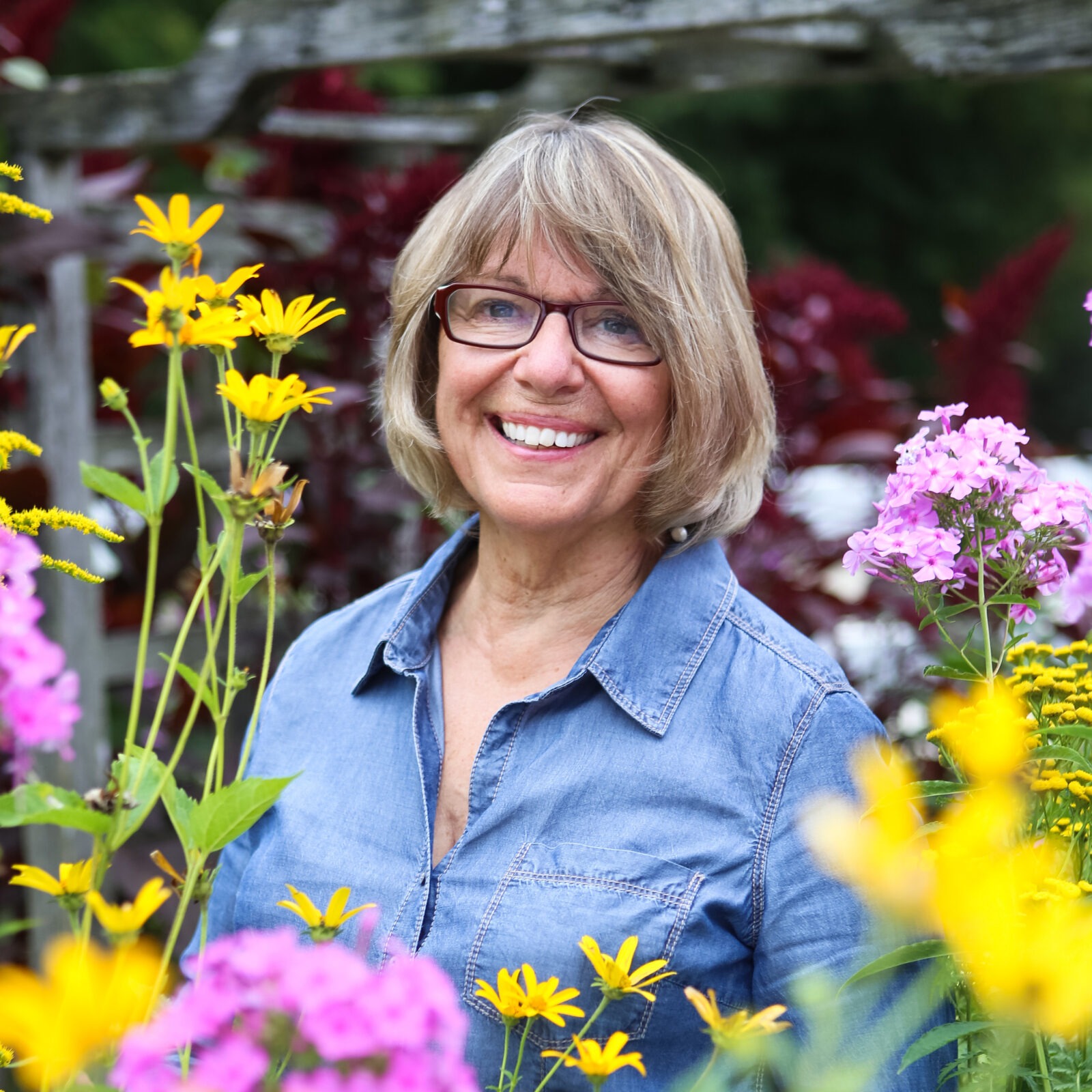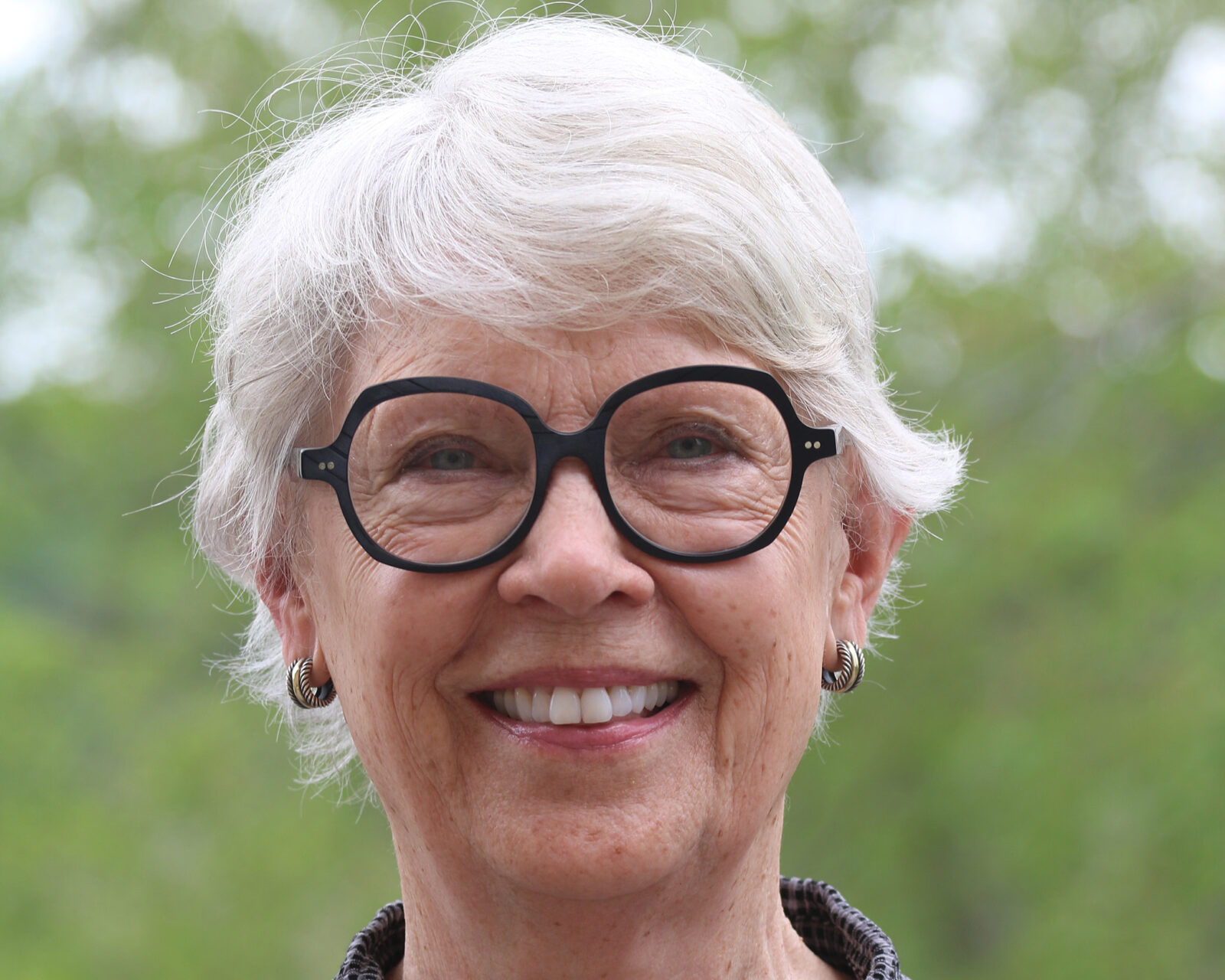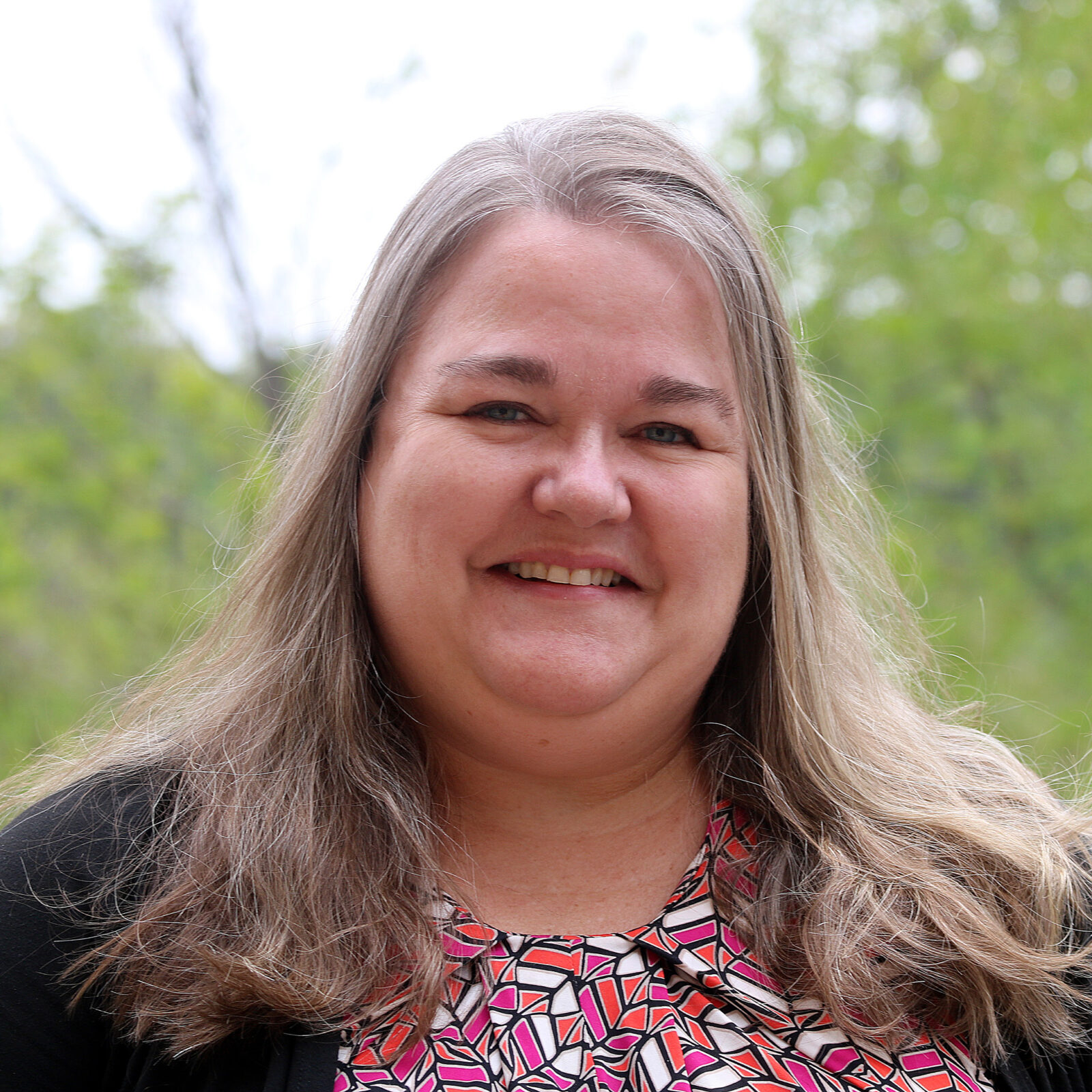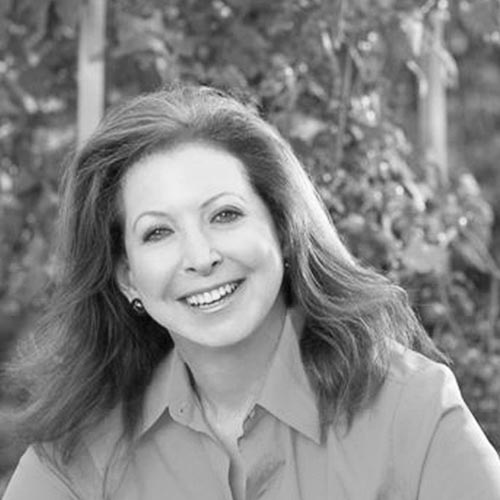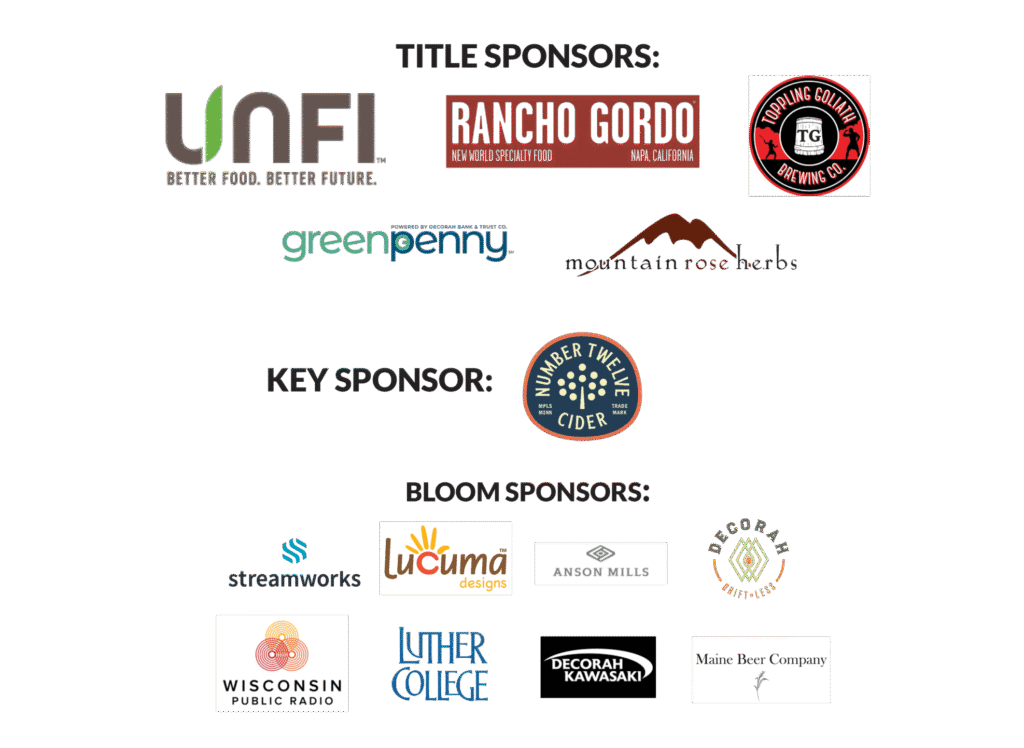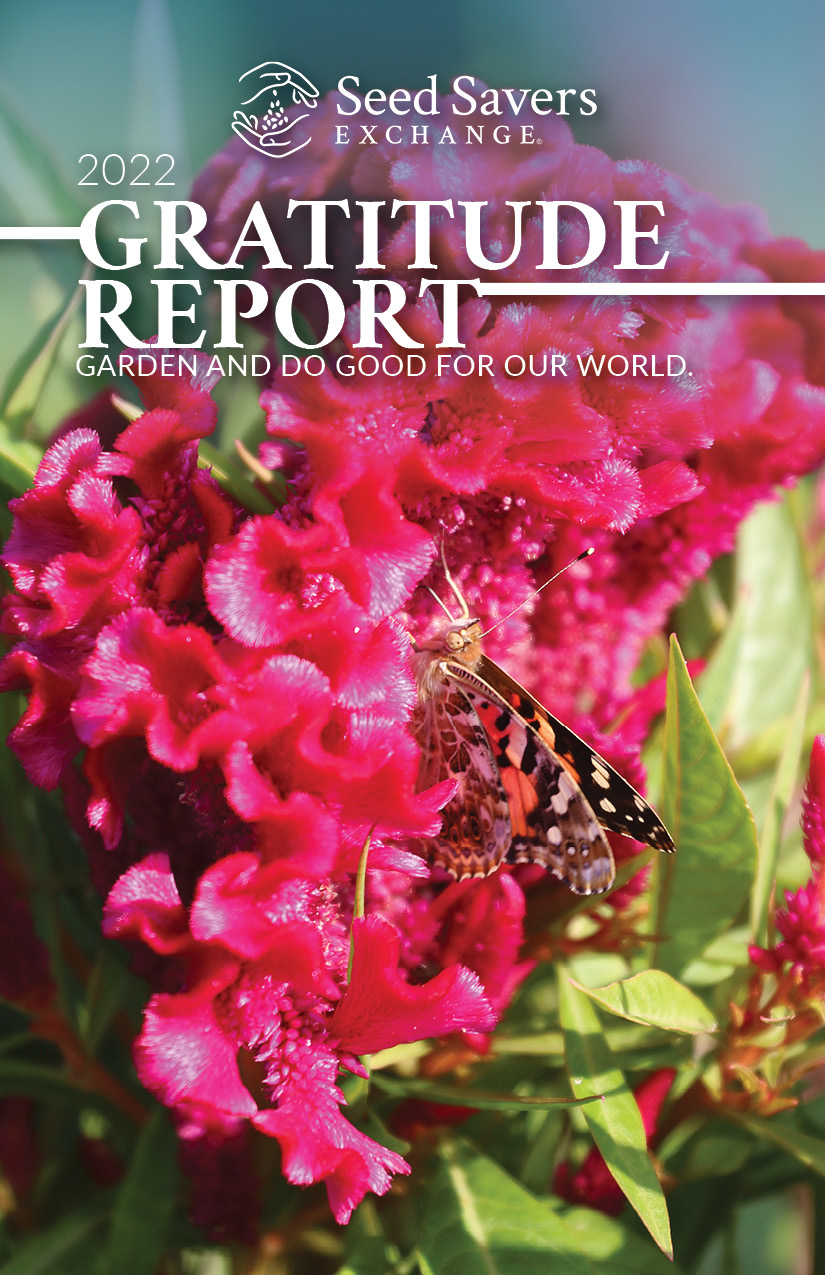
Seed Savers Exchange stewards America’s culturally diverse and endangered garden and food crop legacy for present and future generations. We educate and connect people through collecting, regenerating, and sharing heirloom seeds, plants, and stories.
At Seed Savers Exchange, we believe that seeds are powerful. They hold stories, culture, and the promise of good food for the future. That’s why we work to protect rare and heirloom seeds—so they don’t get lost, and so future generations can grow and enjoy them too.
With your support, we care for a collection of over 20,000 different varieties of vegetables, herbs, and flowers—one of the largest and most unique seed collections of its kind. Each variety is a part of our shared history and a step toward a more diverse and resilient food system.
In 2024, your generosity helped build community through gardening and seed sharing, preserve cultural traditions from around the world, and teach the time-honored practice of seed saving. From seed libraries to school gardens, you helped others grow with confidence and purpose.
Because of you, we are protecting the past and planting hope for the future—one seed at a time.
Financial support for our nonprofit work at Seed Savers Exchange helps to move our mission forward, preserve and share seeds, and maintain our Heritage Farm headquarters, where we grow out seeds for evaluation and preservation, raise heritage livestock breeds, and welcome visitors each year.
In 2024, 68.5% of our spending went directly to programs and 4% to maintaining Heritage Farm.

A Letter From Our Executive Director
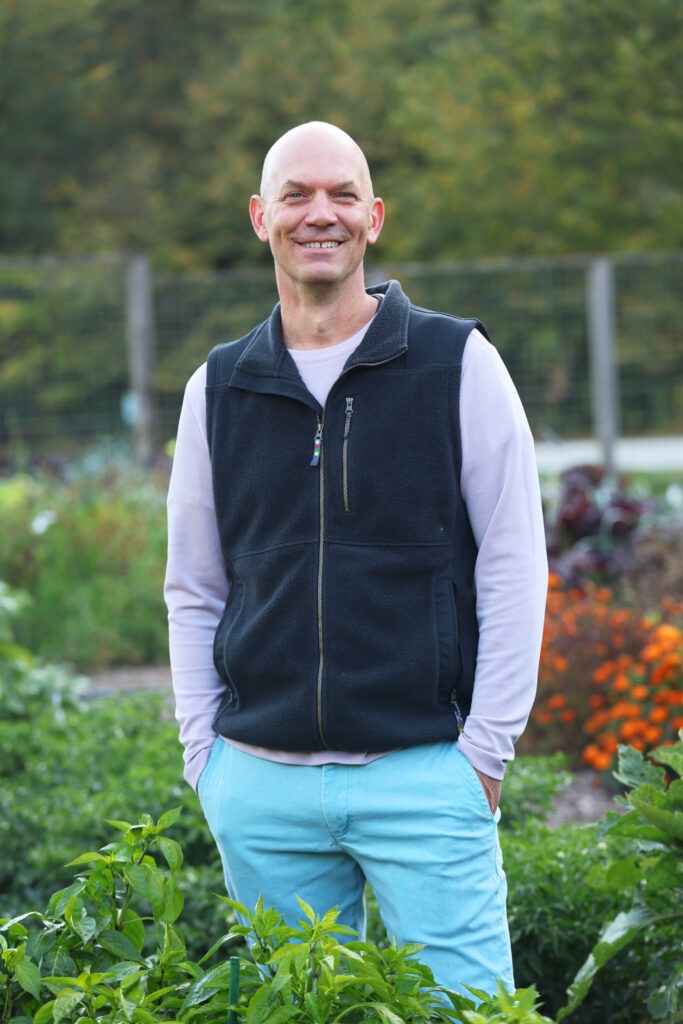 Dear Friends,
Dear Friends,
This work has always been about sharing—seeds, knowledge, stories, and the responsibility of preservation. Seed Savers Exchange is the staff here at Heritage Farm and the thousands of gardeners, teachers, farmers, volunteers, seed librarians, and community leaders who carry this work forward every day. What began as a grassroots effort between a few seed savers has grown into a living, connected network built on participation and care.
It’s preservation and participation. It’s protecting at-risk open-pollinated varieties and getting them into gardens, classrooms, and community spaces. Across the country, people are saving seeds, growing with intention, and sharing what they’ve learned. That energy is contagious—and it’s fueling a movement that keeps expanding, season after season.
This community is keeping seed diversity alive and putting it to work. Every seed saved, every garden planted, every story passed down adds something meaningful to our shared food future. A single packet of seed can start a new tradition, reconnect someone to their roots, or help a young gardener discover the joy of growing.
This past year, we saw that momentum in action. Through exchanges, donations, education, and outreach, more people engaged with seeds in hands-on, lasting ways. This work continues to grow because so many people—from all walks of life—choose to participate. That’s what makes this movement strong. It’s practical, people-powered, and deeply hopeful.
Thank you for being one of those people. Thank you for making this work possible—and for helping ensure that the diversity of our food system continues to thrive.
With appreciation,
Mike Bollinger
Executive Director
Seed Savers Exchange
EDUCATION
13,638 participants reached through live and virtual events
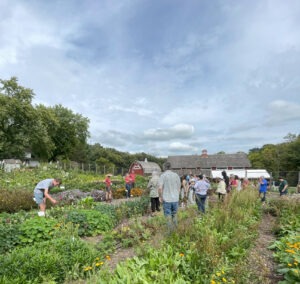 Seed Savers Exchange events connect gardeners of all levels with the knowledge to grow, save, and share seeds.
Seed Savers Exchange events connect gardeners of all levels with the knowledge to grow, save, and share seeds.
- 12,293 event engagements and views
- 513 attended our benefit concert
- 341 virtual conference attendees
- 284 participated in Seed School
- 207 students learned apple grafting
“It helped so much to be able to have the recordings to watch afterward. There were a couple of classes I wasn’t able to attend in person, and for my region, I also wanted to watch a second video overlap. All the presenters in each week were so human, and engaging and inspiring, it made me feel like I could do it too.”
—Kelley R., Virtual Seed School participant


Preserving Seeds
ADAPTING SEEDS
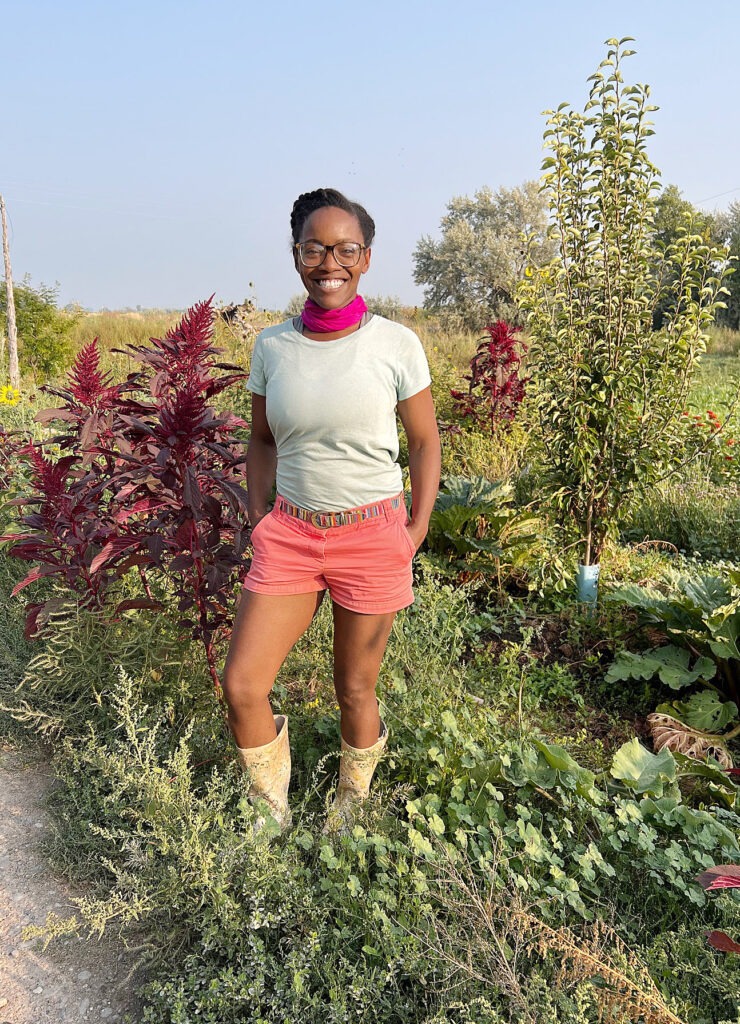 Over several chilly days in February 2024, SSE staff gathered in Greenhouse 2 at Heritage Farm to pick and fill packages from the SSE seed bank to mail to April Jones and 661 other active gardeners in different hardiness zones across the United States. As participants in the 2024 ADAPT community-science program, these gardeners grew select varieties from the SSE seed bank in their own gardens and then submitted SSE detailed feedback on their performance at the end of the gardening season.
Over several chilly days in February 2024, SSE staff gathered in Greenhouse 2 at Heritage Farm to pick and fill packages from the SSE seed bank to mail to April Jones and 661 other active gardeners in different hardiness zones across the United States. As participants in the 2024 ADAPT community-science program, these gardeners grew select varieties from the SSE seed bank in their own gardens and then submitted SSE detailed feedback on their performance at the end of the gardening season.
For April—a resident of Akron, Ohio (hardiness zone 6)—helping SSE better understand the adaptability of certain varieties to different environments goes hand-in-hand with her work to educate others about the critical importance of food sovereignty. “Food sovereignty naturally arises from and cycles back to seed sovereignty,” she explains. “Putting in a good seed is an act of trust, vigor, grit, attention to detail, and hard work.”
Producing good seeds that both stand the test of time and withstand climate change is, at its heart, what the ADAPT program is all about. In all, the 2024 ADAPT trials tested 90 open-pollinated varieties across 11 crop types to see how they performed in vastly different climates.
STEWARDING ONE WONDERFUL BEAN
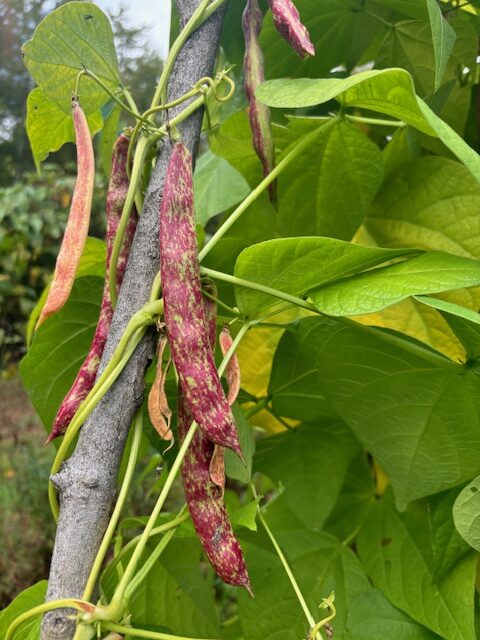 “This variety produces vines heavily loaded with pods that become gorgeously red-streaked as they ripen,” says Glenn Sturgis of Middlesex, Vermont, of the ‘Glen Goodall’s Italian’ pole bean that he donated to SSE in 2024.
“This variety produces vines heavily loaded with pods that become gorgeously red-streaked as they ripen,” says Glenn Sturgis of Middlesex, Vermont, of the ‘Glen Goodall’s Italian’ pole bean that he donated to SSE in 2024.
Glenn has faithfully grown these beans for 25 years (and counting!) from seeds he received from his friend and fellow gardener, Glen Goodall (1918-2014), who in turn acquired them from Antonio Aja Sr. (1895-1977), a Spanish immigrant who arrived in the United States in 1914, bean seeds in hand.
According to Glenn, it was the impressive height of the bean vines, then growing next to a garage in Montpelier, Vermont, that first captured his friend Glen Goodall’s attention. Intrigued, Glen approached the building’s owner, Antonio Aja, to inquire about the vigorous bean variety. Antonio shared that he had brought the seeds with him when he emigrated from Spain and had grown them ever since. He then gave some of his cherished seeds to Glen to grow in Glen’s own home garden. Glen was 81 when, years later, he passed on the bean to his friend Glenn Sturgis in 2000.
“I consider myself an accidental curator of a wonderful bean variety, and I’m thrilled that SSE is now stewarding it,” says Glenn. “I’m looking forward to them being available in ample amounts for others to grow and enjoy.”
Community
GROWING COMMUNITY THROUGH CDP
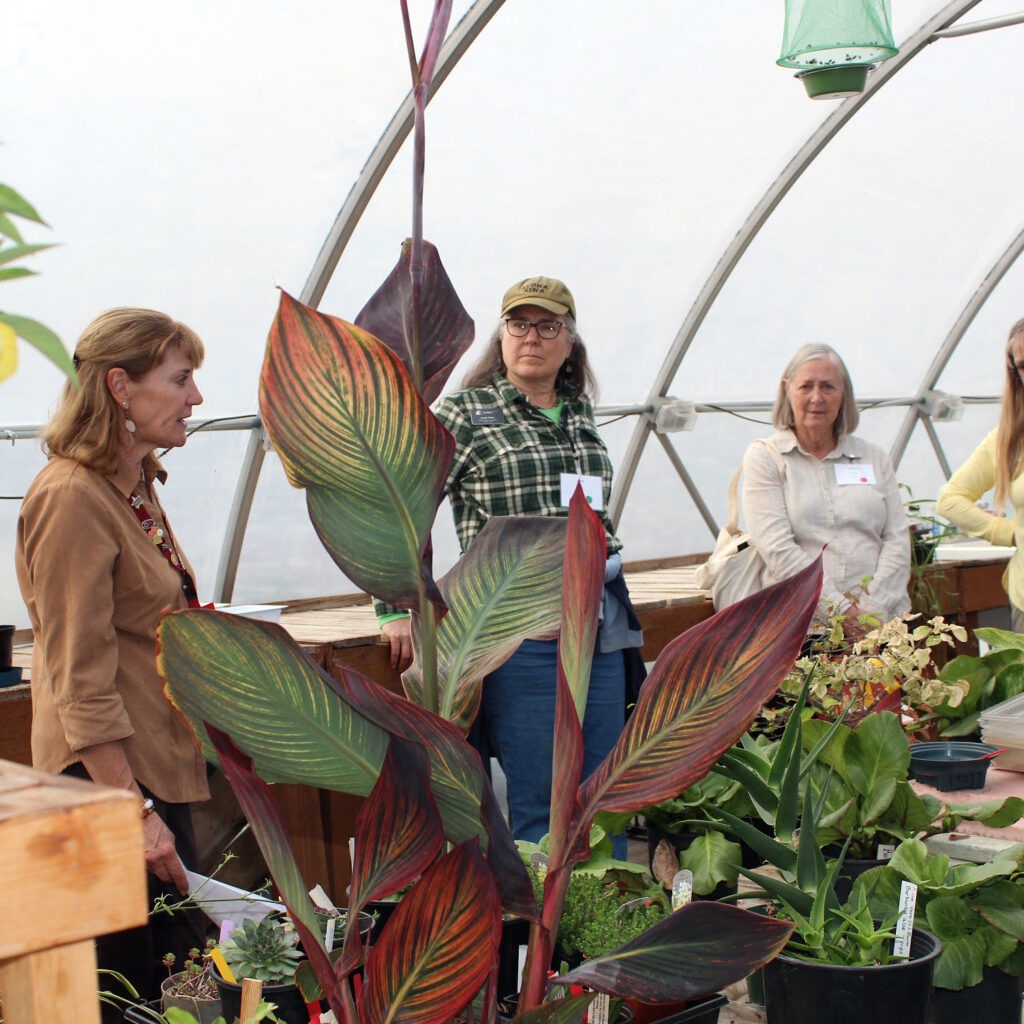 Jeannette Lawson of Chehalis, Washington, sees gardening as an invaluable way to grow community. As co-garden manager for the 101-acre Fort Borst Park gardens in Centralia, she helps care for 17 floral and vegetable demonstration gardens (including an heirloom vegetable garden) maintained by, yes, a community of local Master Gardeners.
Jeannette Lawson of Chehalis, Washington, sees gardening as an invaluable way to grow community. As co-garden manager for the 101-acre Fort Borst Park gardens in Centralia, she helps care for 17 floral and vegetable demonstration gardens (including an heirloom vegetable garden) maintained by, yes, a community of local Master Gardeners.
Those gardens provided space to grow a handful of varieties from the SSE seed collection that Jeannette received as a participant in the ongoing Collection Documentation Project (CDP). Through CDP, gardeners grow and evaluate varieties that have not yet been evaluated by SSE and provide a description for them. “I wanted to use these seeds to teach people about the importance of biodiversity, introduce them to growing and tasting unique varieties of plants, and build community around the act of gardening,” says Jeannette, who also grew the varieties in her own home garden.
Thanks to Jeannette and her community of gardeners, in 2024, SSE was able to provide detailed information on five varieties—four of which are offered on the Exchange—that previously lacked descriptions: ‘Annabel’ bean, ‘Soviet’ parsley, ‘Miltomate Vallisto’ tomatillo, and ‘Hubbard, Baby Green’ and ‘Potimarron Albus’ squashes. Fun fact: Jeannette received blue ribbons at the county fair for the two squash varieties that she grew for CDP.
CULTIVATING COMMUNITY, ONE SEED AT A TIME
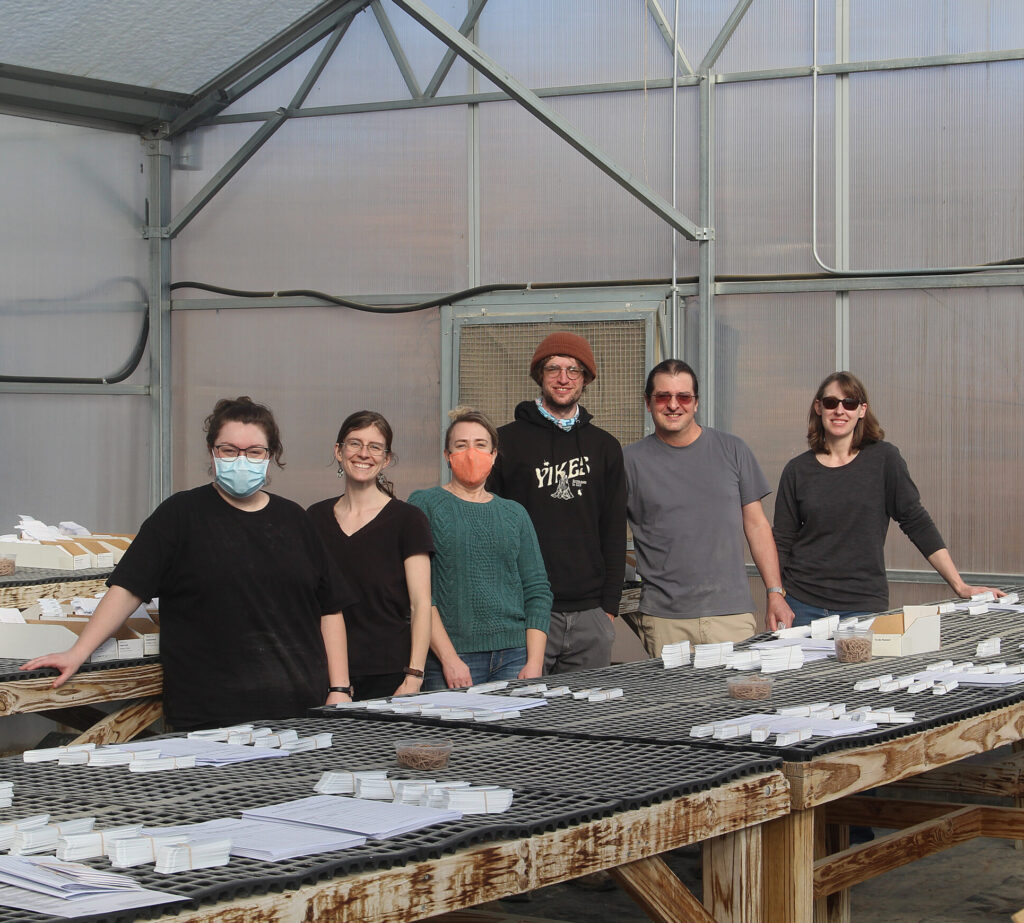 Since its founding, SSE has worked to preserve open-pollinated seeds—and cultivate community around those seeds—well beyond its Heritage Farm headquarters. That was especially true in 2024.
Since its founding, SSE has worked to preserve open-pollinated seeds—and cultivate community around those seeds—well beyond its Heritage Farm headquarters. That was especially true in 2024.
In 2024, SSE distributed seeds to more than 64,000 gardeners through various outreach programs and opportunities. More than 50,000 individuals ordered seeds through the 2024 SSE catalog or online store, where more than 600 open-pollinated varieties of vegetables, flowers, and herbs are available year-round. In addition, SSE preservation staff fulfilled more than 1,550 requests for seeds through the Exchange online seed swap, where more than 5,500 varieties from the SSE collection were offered in 2024.
Gardeners nationwide also received seed through SSE’s ADAPT and RENEW community science programs, Herman’s Garden seed-donation program, Heirloom Collard Network, onsite visitors center, and seed swaps and other events. This wide distribution of seeds bolstered biodiversity in home gardens and market farms and cultivated community by providing a touchpoint for family, friends, neighbors, and strangers to connect through growing, saving, and sharing heirloom and open-pollinated seed varieties.
Educating
SHARING THE GIFT OF GARDENING
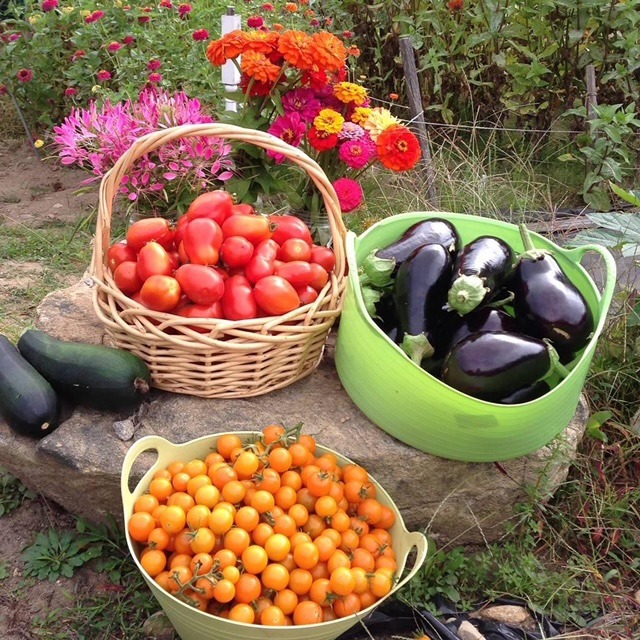
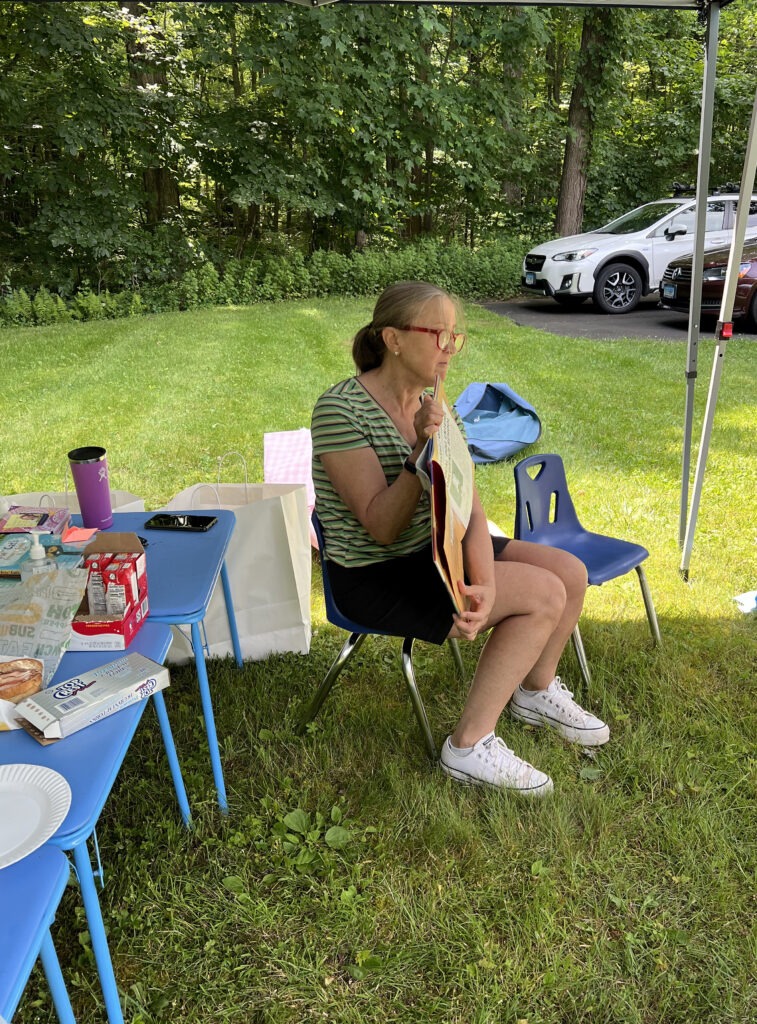 It’s a challenge faced by communities large and small throughout the country. When schools close their doors for the summer months, some children are left without a reliable, nutritious food source and regular interaction with their peers.
It’s a challenge faced by communities large and small throughout the country. When schools close their doors for the summer months, some children are left without a reliable, nutritious food source and regular interaction with their peers.
In Killingworth, Connecticut, the local library has thankfully stepped in to help fill that need. Each Wednesday during the summer, its “Read and Eat” program draws children from the community to enjoy a book reading and a free picnic lunch featuring produce from the Killingworth Shared Harvest Garden. The 1,800 square-foot garden provides not only free, fresh seasonal produce for the community but also an opportunity for community members to volunteer, learn, and share gardening techniques.
“I was thrilled that Seed Savers Exchange generously supported the Killingworth community in 2024 through its Herman’s Garden donation,” says Roslyn Reeps, a member of the Killingworth Library Board of Directors. “This is the only program that addresses children’s nutritional needs and nutrition education with a prepared lunch and supplemental food during the summer in Killingworth.”
In 2024, Seed Savers Exchange donated 63,100 seed packets to hundreds of community and school gardens through its Herman’s Garden program. These seeds empowered communities across the United States, connecting them with healthy food, educational experiences, and heirloom varieties for seed saving.
COLLABORATING ON COLLARDS

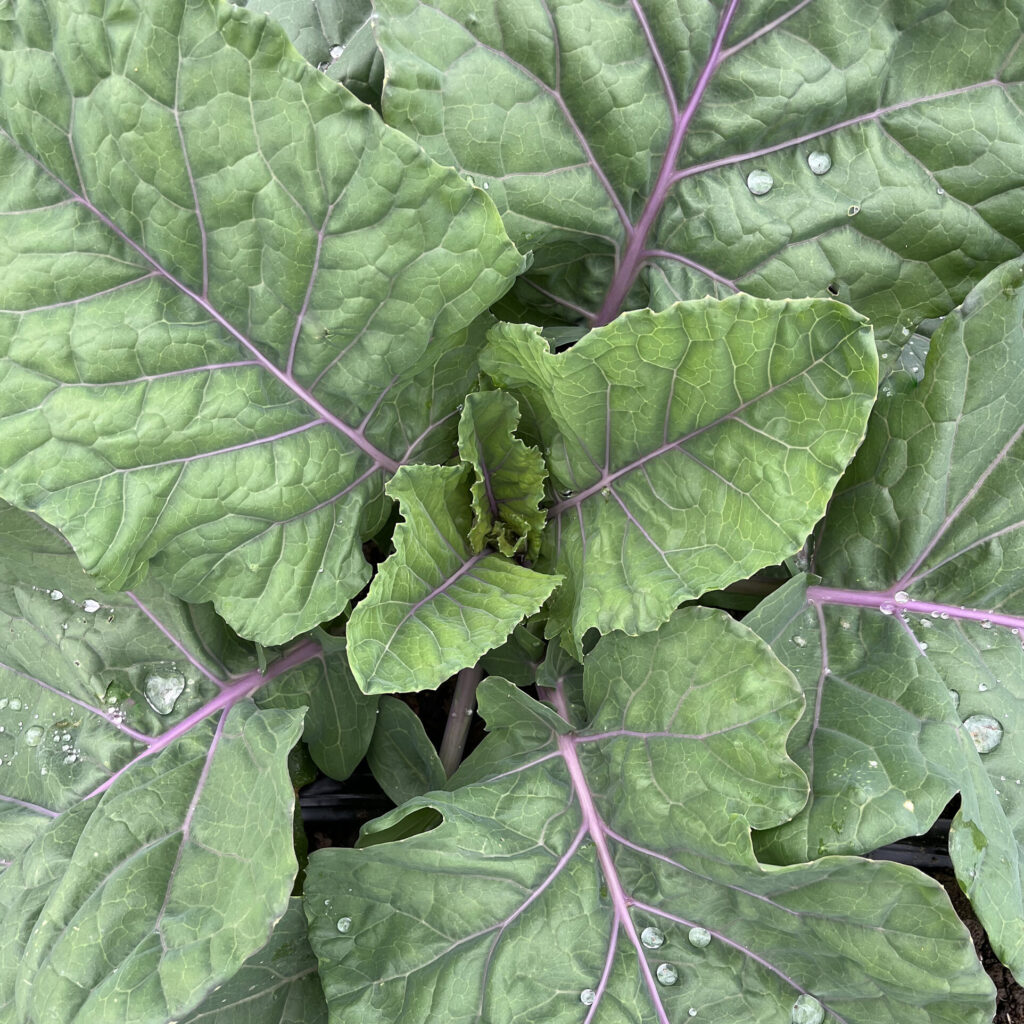 Each year, the U.S. Botanic Garden (USBG) in Washington, D.C., welcomes more than a million individuals, many interested in edible plant and seed diversity. In 2024, those visitors experienced a special treat—a new kitchen garden display that featured five five storied heirloom collard varieties from the SSE seed bank: ‘Pridgen’s Yellow,’ ‘Green Glaze,’ ‘Tabitha Dykes,’ ‘Hard Headed Cabbage Collard,’ and ‘Old Timey Blue.’ The collaboration provided a public learning space for demonstrating and interpreting heirloom collard production and seed saving and offered educational programming on heirloom collards to the public and local urban growers. The USBG extended the collaboration even further by donating the harvested greens to a local food-rescue nonprofit.
Each year, the U.S. Botanic Garden (USBG) in Washington, D.C., welcomes more than a million individuals, many interested in edible plant and seed diversity. In 2024, those visitors experienced a special treat—a new kitchen garden display that featured five five storied heirloom collard varieties from the SSE seed bank: ‘Pridgen’s Yellow,’ ‘Green Glaze,’ ‘Tabitha Dykes,’ ‘Hard Headed Cabbage Collard,’ and ‘Old Timey Blue.’ The collaboration provided a public learning space for demonstrating and interpreting heirloom collard production and seed saving and offered educational programming on heirloom collards to the public and local urban growers. The USBG extended the collaboration even further by donating the harvested greens to a local food-rescue nonprofit.
In 2024, SSE also continued work on a collaborative research project focused on the overwintering of collards in cold climates. The project brought together multiple partners to provide valuable insight into which open-pollinated seeds Northern collard growers—especially those looking to overwinter their plants in the ground for easier seed production—should try. This ongoing work builds on research originally conducted by the Heirloom Collard Project in 2020.
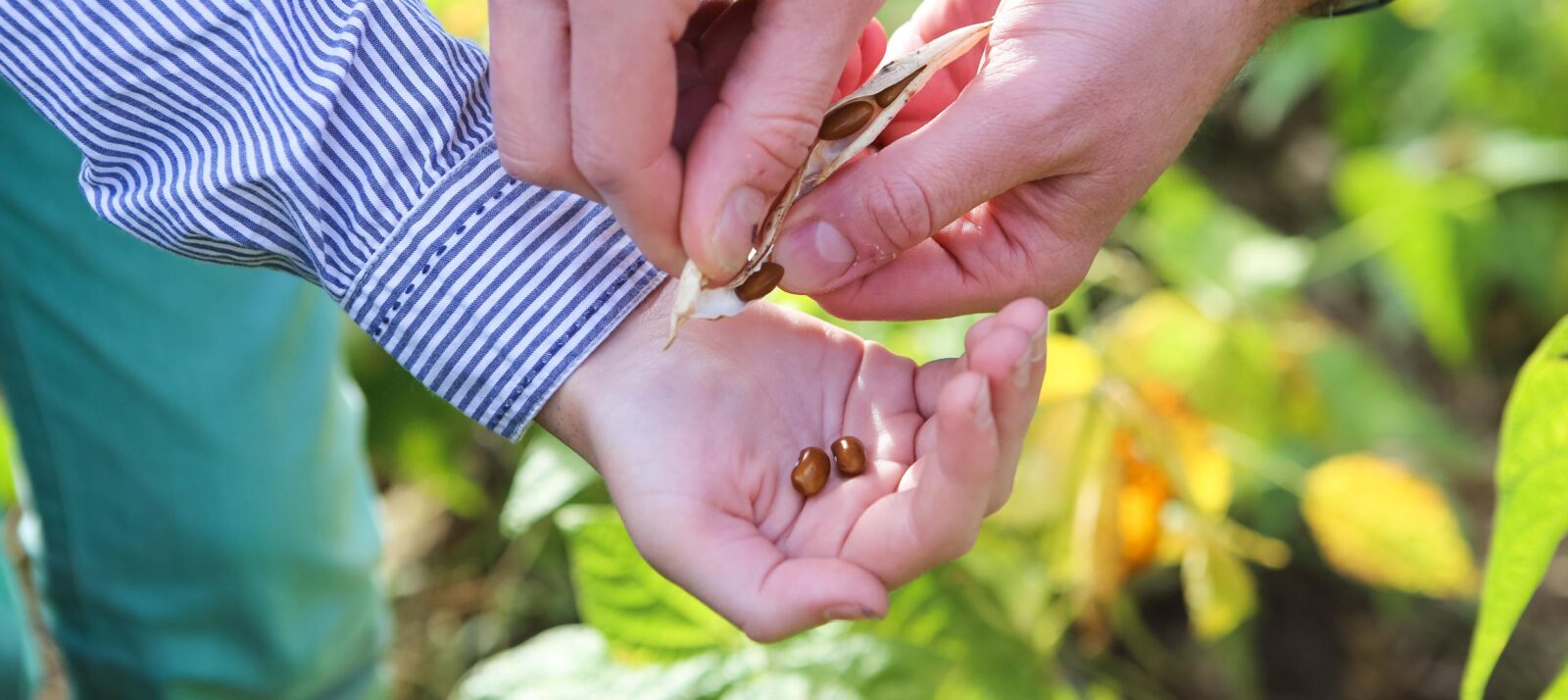



 Dear Friends,
Dear Friends,
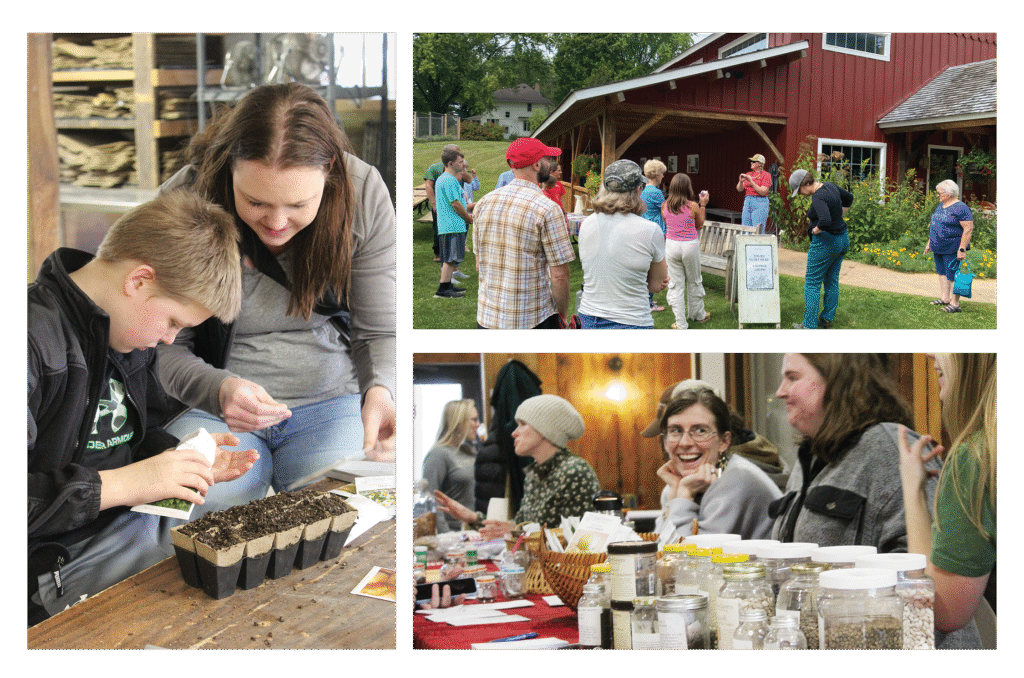
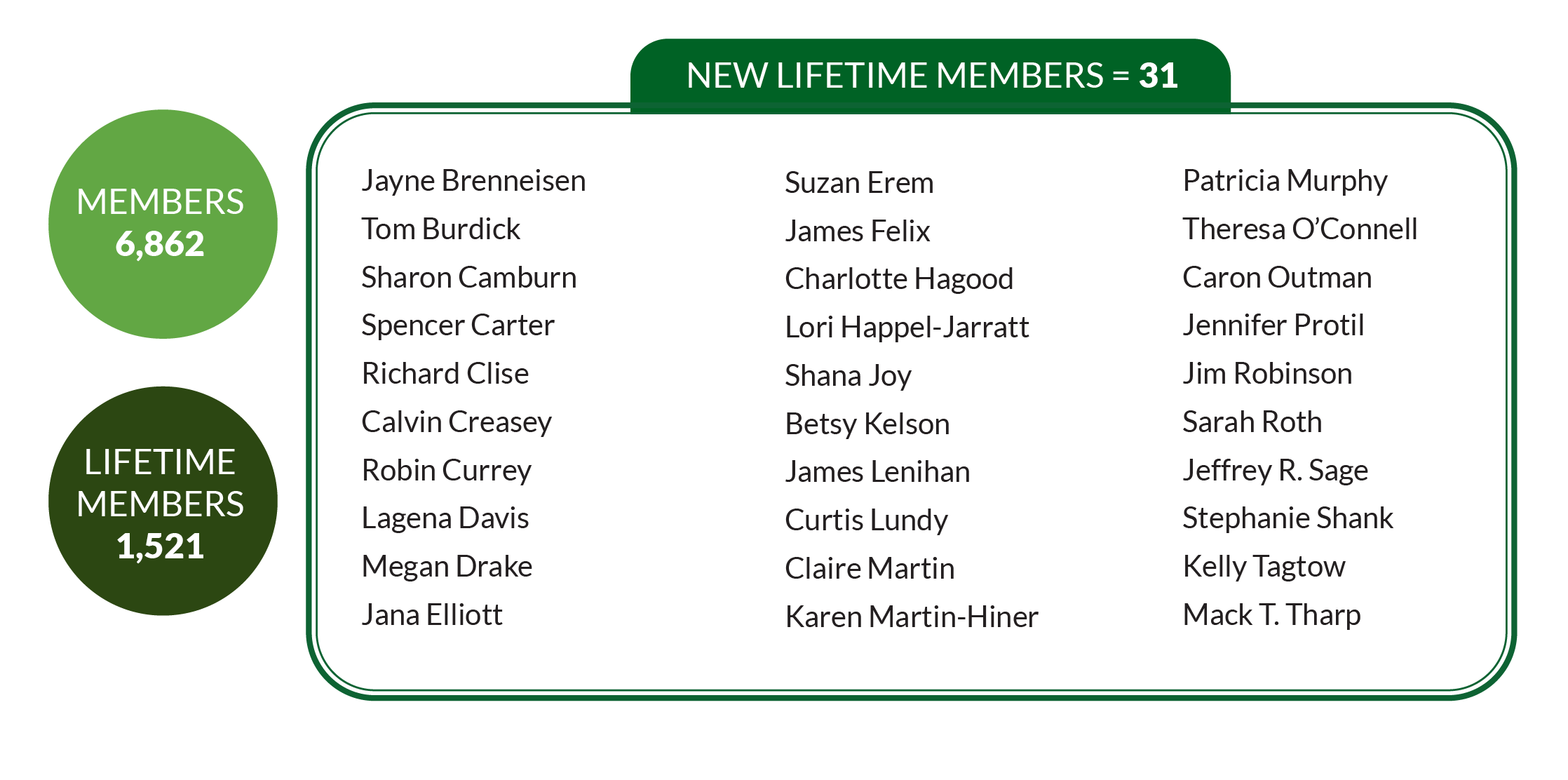
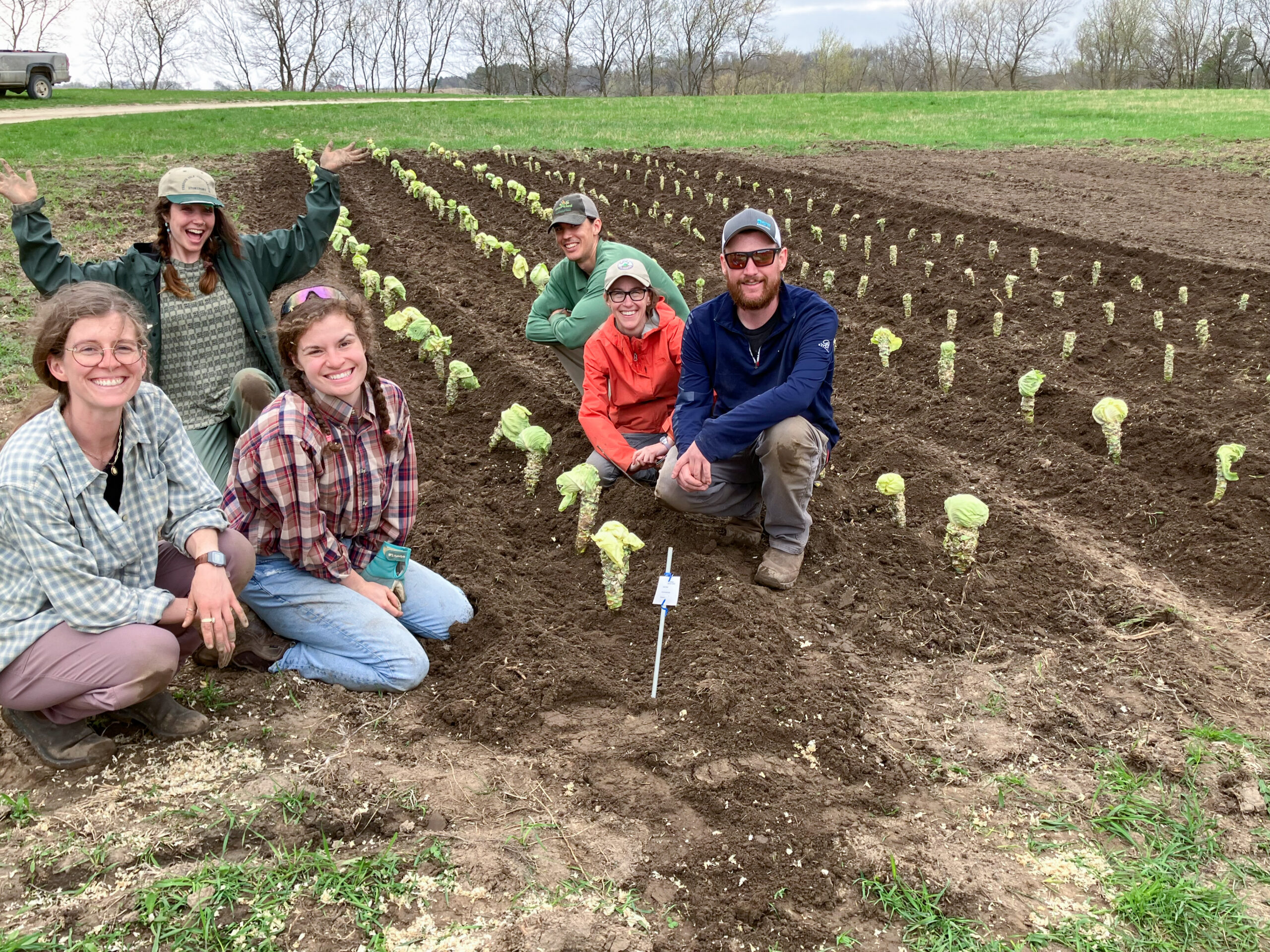 Since 1975, our preservation work has safeguarded seeds shared with us from gardeners across the country.
Since 1975, our preservation work has safeguarded seeds shared with us from gardeners across the country. Seed Savers Exchange events connect gardeners of all levels with the knowledge to grow, save, and share seeds.
Seed Savers Exchange events connect gardeners of all levels with the knowledge to grow, save, and share seeds.

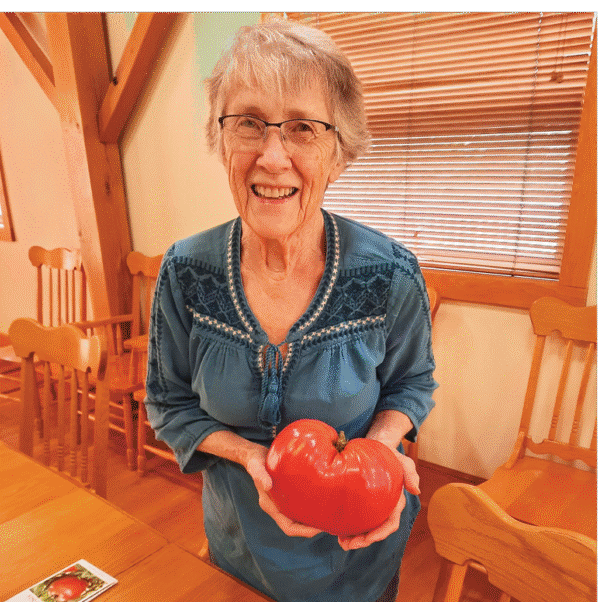

 Over several chilly days in February 2024, SSE staff gathered in Greenhouse 2 at Heritage Farm to pick and fill packages from the SSE seed bank to mail to April Jones and 661 other active gardeners in different hardiness zones across the United States. As participants in the 2024 ADAPT community-science program, these gardeners grew select varieties from the SSE seed bank in their own gardens and then submitted SSE detailed feedback on their performance at the end of the gardening season.
Over several chilly days in February 2024, SSE staff gathered in Greenhouse 2 at Heritage Farm to pick and fill packages from the SSE seed bank to mail to April Jones and 661 other active gardeners in different hardiness zones across the United States. As participants in the 2024 ADAPT community-science program, these gardeners grew select varieties from the SSE seed bank in their own gardens and then submitted SSE detailed feedback on their performance at the end of the gardening season.  “This variety produces vines heavily loaded with pods that become gorgeously red-streaked as they ripen,” says Glenn Sturgis of Middlesex, Vermont, of the ‘Glen Goodall’s Italian’ pole bean that he donated to SSE in 2024.
“This variety produces vines heavily loaded with pods that become gorgeously red-streaked as they ripen,” says Glenn Sturgis of Middlesex, Vermont, of the ‘Glen Goodall’s Italian’ pole bean that he donated to SSE in 2024.  Jeannette Lawson of Chehalis, Washington, sees gardening as an invaluable way to grow community.
Jeannette Lawson of Chehalis, Washington, sees gardening as an invaluable way to grow community.  Since its founding, SSE has worked to preserve open-pollinated seeds—and cultivate community around those seeds—well beyond its Heritage Farm headquarters. That was especially true in 2024.
Since its founding, SSE has worked to preserve open-pollinated seeds—and cultivate community around those seeds—well beyond its Heritage Farm headquarters. That was especially true in 2024. 
 It’s a challenge faced by communities large and small throughout the country. When schools close their doors for the summer months, some children are left without a reliable, nutritious food source and regular interaction with their peers.
It’s a challenge faced by communities large and small throughout the country. When schools close their doors for the summer months, some children are left without a reliable, nutritious food source and regular interaction with their peers. 
 Each year, the
Each year, the 